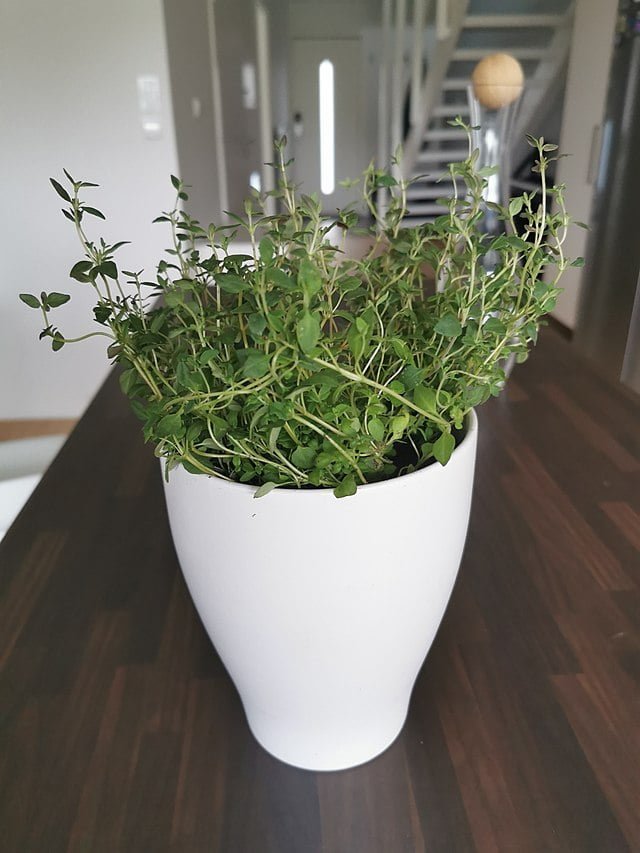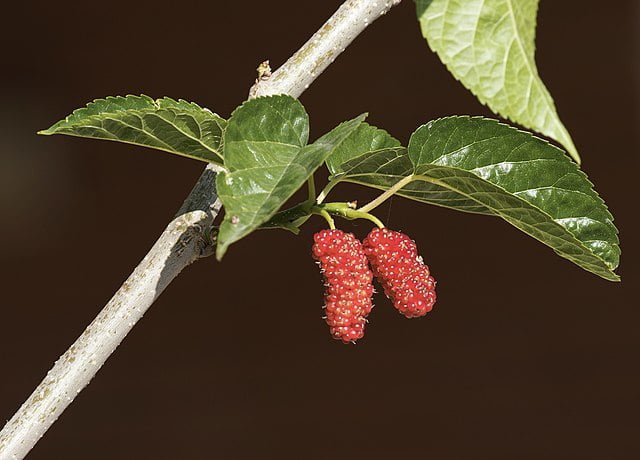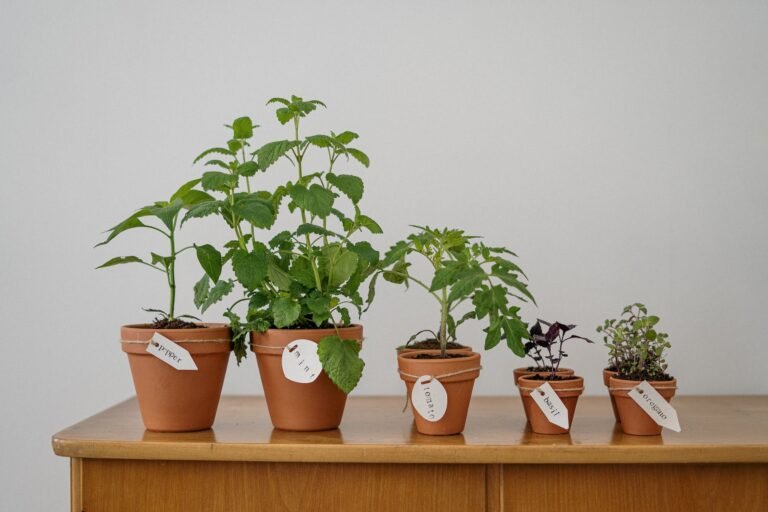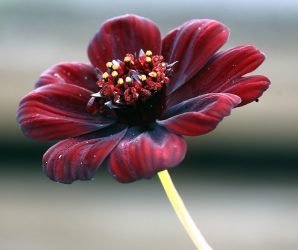Growing Thyme: A Guide to Cultivating a Versatile Herb
Thyme is a versatile herb that not only adds flavour to culinary creations but also brings a touch of beauty and fragrance to your garden. Whether you have a spacious backyard or a small balcony, thyme is an excellent herb to grow. This guide will provide you with simple steps to successfully cultivate thyme and enjoy its aromatic leaves.
Selecting the Right Thyme Variety
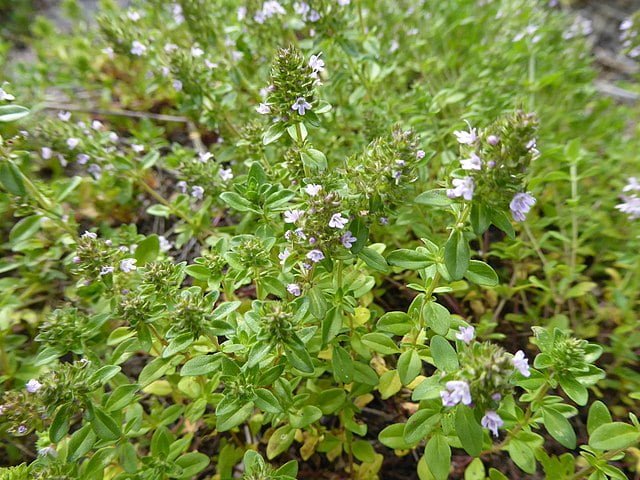
Thyme comes in various cultivars, each offering unique flavours and growth habits. Common thyme (Thymus vulgaris) is a popular choice with its classic aromatic profile. Lemon thyme (Thymus citriodorus) has a citrusy twist, while creeping thyme (Thymus serpyllum) is excellent for ground cover. Choose a variety that suits your taste preferences and growing conditions.
Choosing the Planting Location
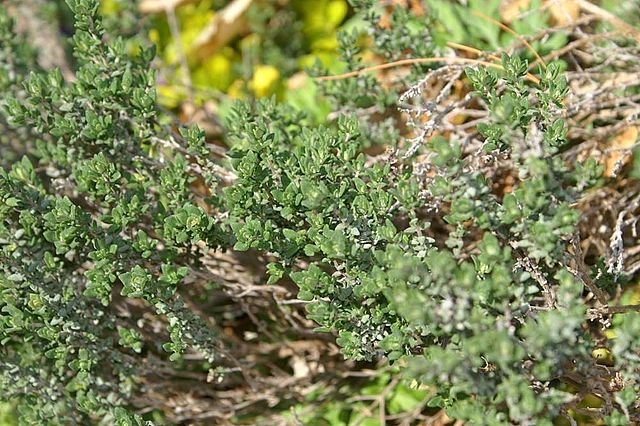
Thyme thrives in full sun, so select a spot in your garden that receives at least 6-8 hours of direct sunlight daily. Ensure the soil is well-draining, as thyme prefers slightly dry conditions. If your soil tends to retain moisture, consider adding organic matter like compost to improve drainage.
Planting Thyme
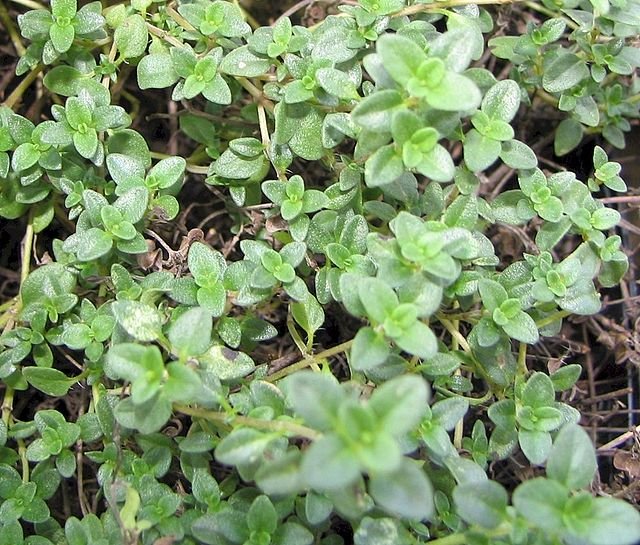
Plant thyme in the spring after the last frost when the soil has warmed up. Dig a hole slightly larger than the root ball of the thyme plant. Place the plant in the hole, ensuring the top of the root ball is level with the soil surface. Backfill the hole with soil, gently firming it around the plant. Space multiple plants about 12-18 inches apart to allow for proper airflow and growth.
Watering and Care
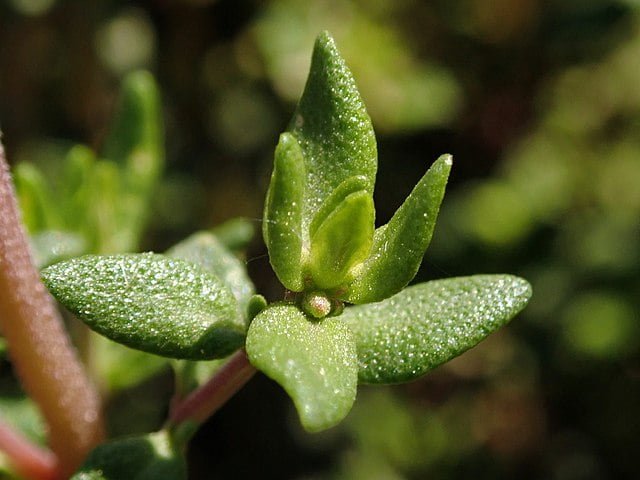
Thyme is a drought-tolerant herb once established, so it requires minimal watering. Water newly planted thyme regularly to help it establish its roots. Once established, water sparingly, allowing the soil to dry out between watering sessions. Thyme prefers slightly dry conditions, so over watering can lead to root rot. It’s best to water at the base of the plant to avoid wetting the foliage.
Pruning and Maintenance
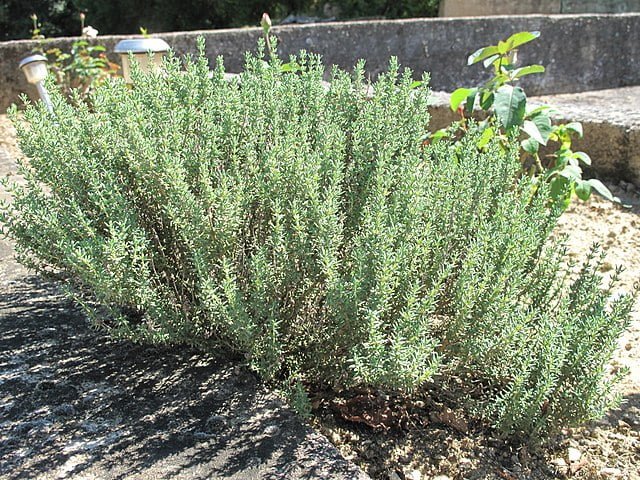
Pruning thyme helps maintain its compact shape and promotes healthy growth. Trim the plant lightly after flowering to encourage bushiness. Regular harvesting of thyme leaves not only keeps the plant tidy but also stimulates new growth. Pinch off the leaves as needed, starting from the top of the stems.
Harvesting and Enjoying
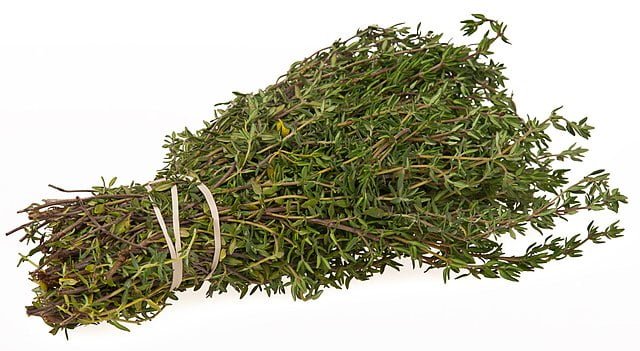
Thyme leaves can be harvested at any time once the plant is established. Snip the stems just above the leaf nodes, leaving some growth behind. Use the fresh leaves in a variety of culinary dishes, such as soups, stews, roasted meats, and vegetables. Thyme can also be dried by hanging small bunches upside down in a cool, well-ventilated area. Once dry, store the leaves in airtight containers for future use.
With its delightful aroma and culinary versatility, thyme is a delightful herb to grow in your garden. Follow these simple steps to cultivate and care for your thyme plants, and you’ll have a fresh supply of this flavourful herb at your fingertips.

